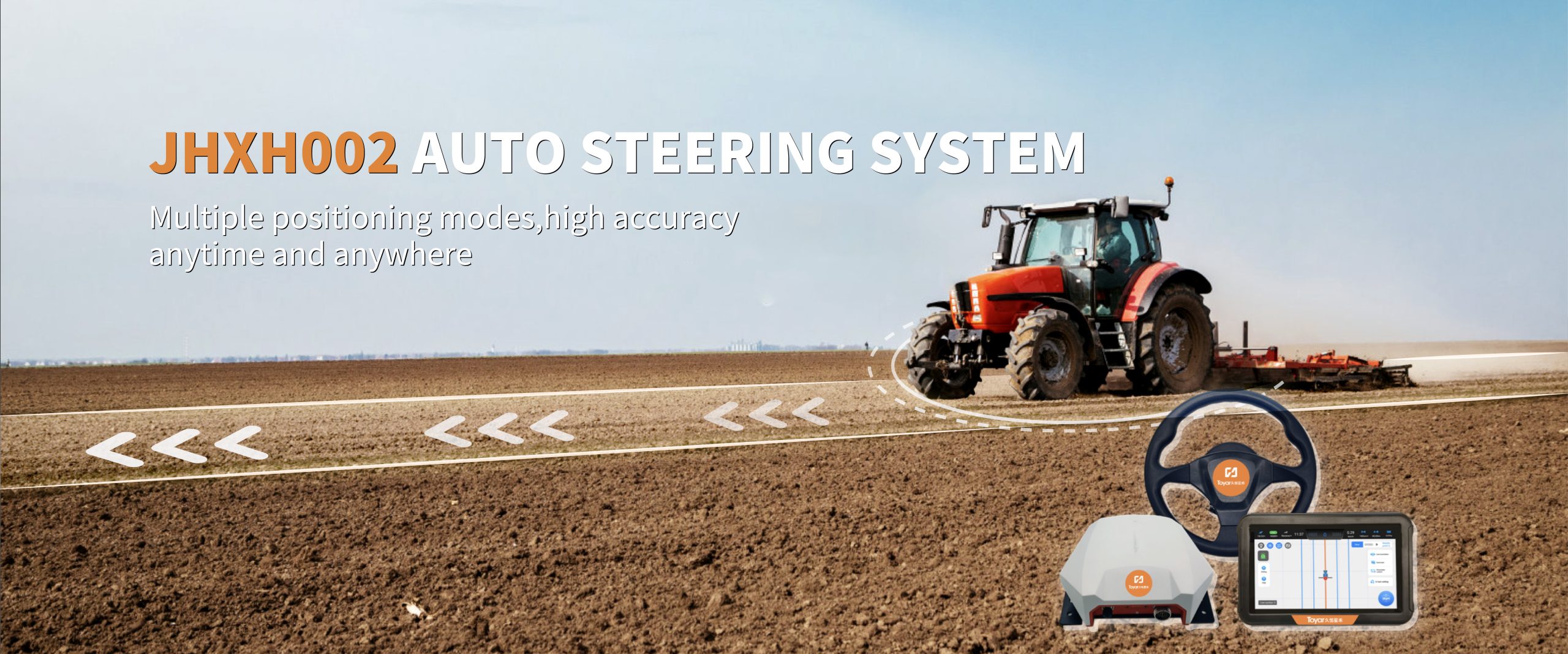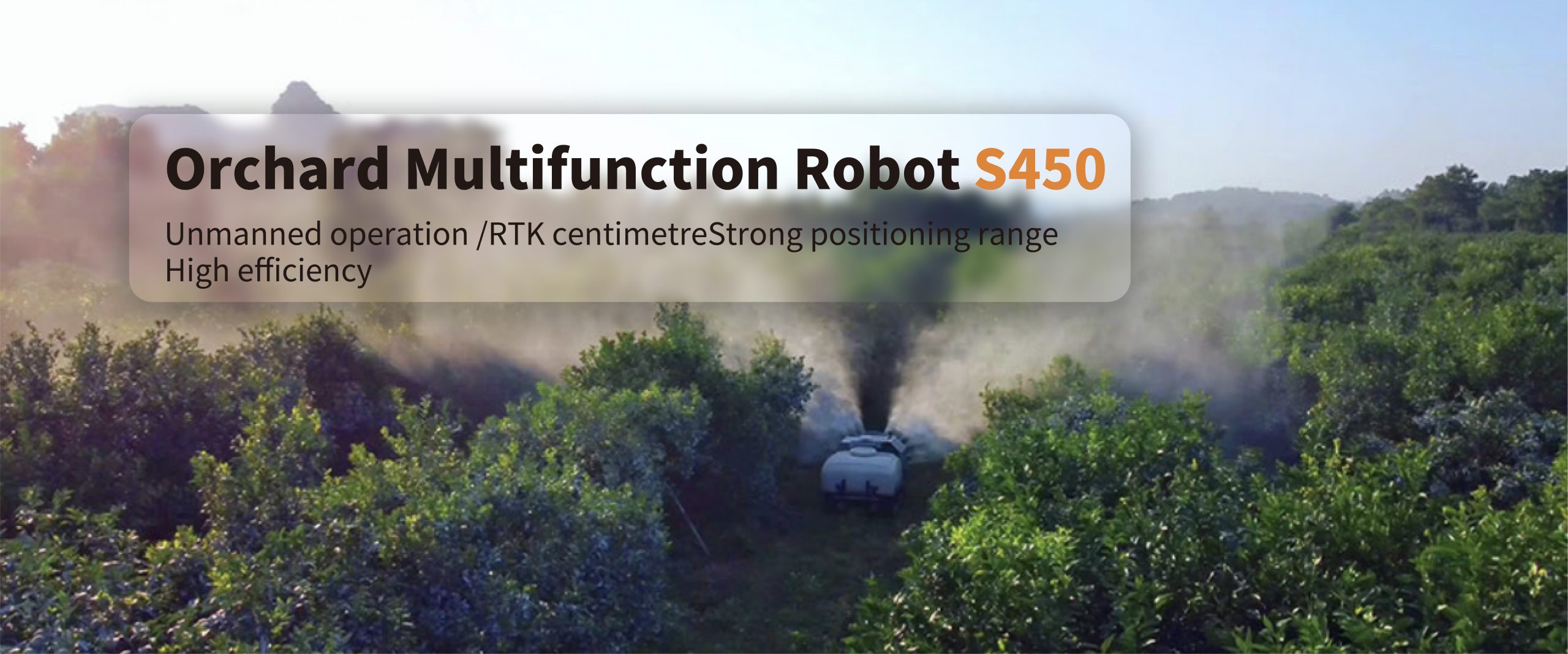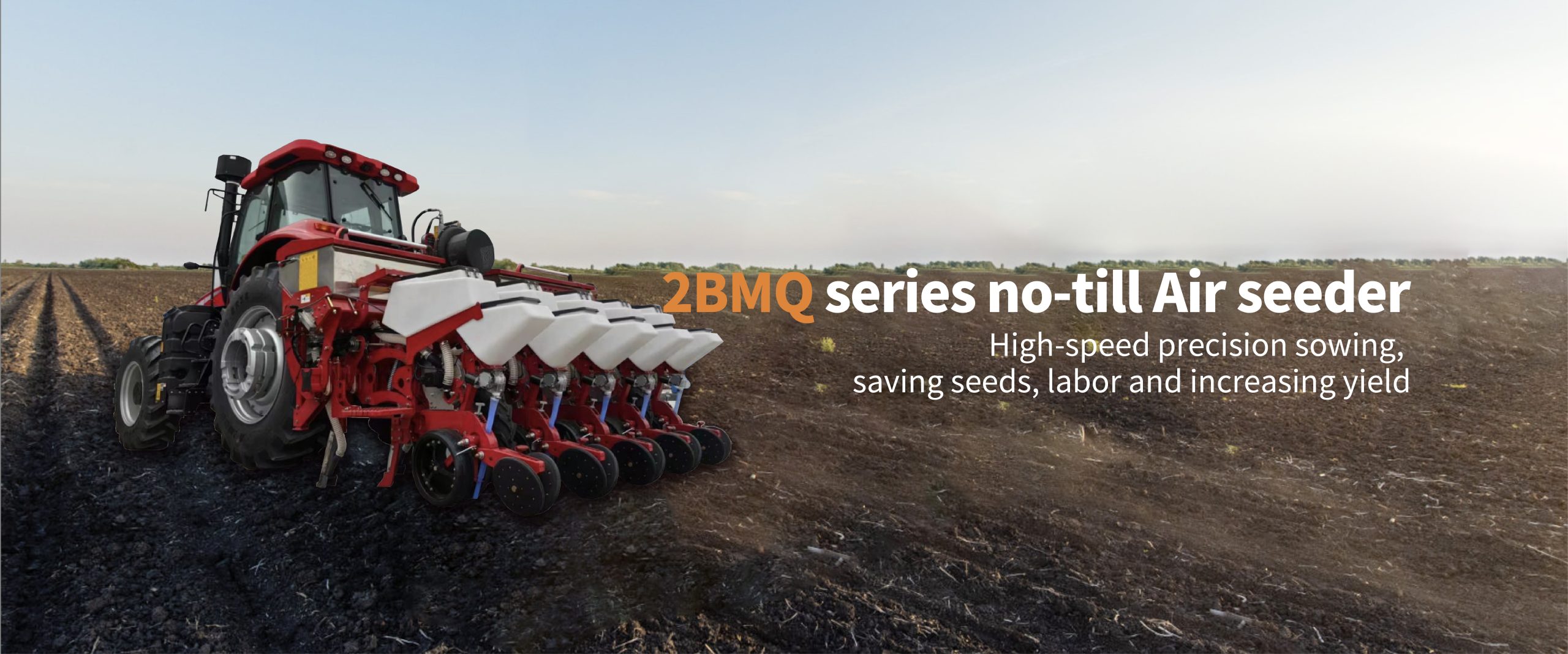
In the ever-evolving world of agriculture, the role of agricultural equipment cannot be overstated. As farmers strive to enhance productivity while minimizing costs, they often find themselves at a crossroads between standardization and customization. This article explores various aspects of agricultural equipment that highlight this delicate balance.
The Importance of Agricultural Equipment
Agricultural equipment serves as the backbone of modern farming practices, enabling efficiency and precision in crop production. From tractors to harvesters, these machines are designed to streamline operations and reduce labor intensity. However, with diverse farming needs across different regions, there is an increasing demand for specialized tools tailored to specific tasks. Thus, manufacturers face the challenge of creating standardized products that can also be customized according to individual farmer requirements.
Agma-Toyar: A Case Study in Custom Solutions

Agma-Toyar stands out as a leading provider in the realm of agricultural machinery by focusing on both standardization and customization. Their innovative approach allows farmers to select from a range of base models while offering options for modifications based on unique operational demands. By integrating advanced technology into their designs, Agma-Toyar ensures that their equipment not only meets industry standards but also adapts seamlessly to varying farm conditions.
No Till Grain Drill: An Example of Innovation
The no till grain drill exemplifies how agricultural equipment can effectively merge standard features with customizable elements. Designed for minimal soil disturbance during planting, this tool promotes sustainable farming practices while enhancing yield potential. Farmers have the option to adjust seed depth and spacing according to their specific crop types or soil conditions—demonstrating how innovation can cater both to general best practices and individual preferences within agriculture.
Conclusion: Navigating Future Trends in Agricultural Equipment
The landscape of agricultural equipment continues to evolve as we navigate challenges related to sustainability and efficiency. Striking a balance between standardization and customization remains crucial for meeting diverse farmer needs without compromising quality or performance. As we look ahead, it is clear that embracing both approaches will lead us toward more effective solutions in modern agriculture.

